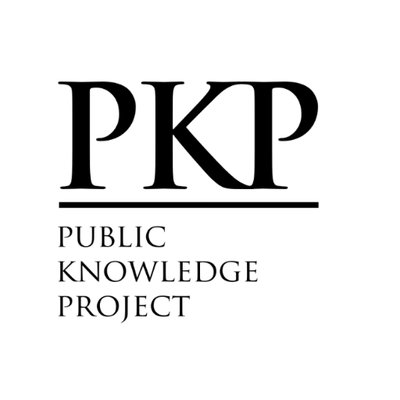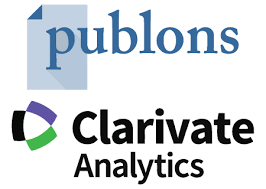Analysis of Risk Premium Behavior in the Tunisian Foreign Exchange Market During Crisis Period
DOI :
https://doi.org/10.59051/joaf.v10i2.318Mots-clés :
Risk premium, Term premium, Estimation, TND/Euro, TND/USD, CARCH-M, E-GARCHRésumé
In this paper, we empirically examine time-varying risk premia in the Tunisian foreign exchange market by applying GARCH-M modeling to the TND/Euro and TND/USD parities for 1 to 12 months forecasting horizons. Our ultimate objective is to help better manage the parities and to help provide stability to a foreign exchange market where EMH is very weak. Our findings show 1) a heteroscedasticity of residuals for the TND/Euro (all forecasting horizons) and the TND/USD(for 1 month) indicating a lack of stability of their volatility; 2) a non-significant standard deviation of the risk premium against the presence of ARCH and GACH in all cases. On the other hand, the descriptive analysis of the risk premium and term premium variables show an asymmetric distribution. We used, therefore, the asymmetric GARCH model, E-GARCH. Our normality tests show, however, that the GARCH model neither allows for residuals smoothing nor improves the AIC.
Téléchargements
Références
Téléchargements
Publié
Numéro
Rubrique
Licence
© sonia KOUKI 2019

Cette œuvre est sous licence Creative Commons Attribution - Pas d'Utilisation Commerciale - Pas de Modification 4.0 International.
Les auteurs qui publient dans cette revue acceptent les termes suivants :
- Les auteurs conservent le droit d'auteur et accordent à la revue le droit de première publication, l'ouvrage étant alors disponible simultanément, sous la licence Licence d’attribution Creative Commons permettant à d'autres de partager l'ouvrage tout en en reconnaissant la paternité et la publication initiale dans cette revue.
- Les auteurs peuvent conclure des ententes contractuelles additionnelles et séparées pour la diffusion non exclusive de la version imprimée de l'ouvrage par la revue (par ex., le dépôt institutionnel ou la publication dans un livre), accompagné d'une mention reconnaissant sa publication initiale dans cette revue.
- Les auteurs ont le droit et sont encouragés à publier leur ouvrage en ligne (par ex., dans un dépôt institutionnel ou sur le site Web d'une institution) avant et pendant le processus de soumission, car cela peut mener à des échanges fructueux ainsi qu'à un nombre plus important, plus rapidement, de références à l’ouvrage publié (Voir The Effect of Open Access).






















